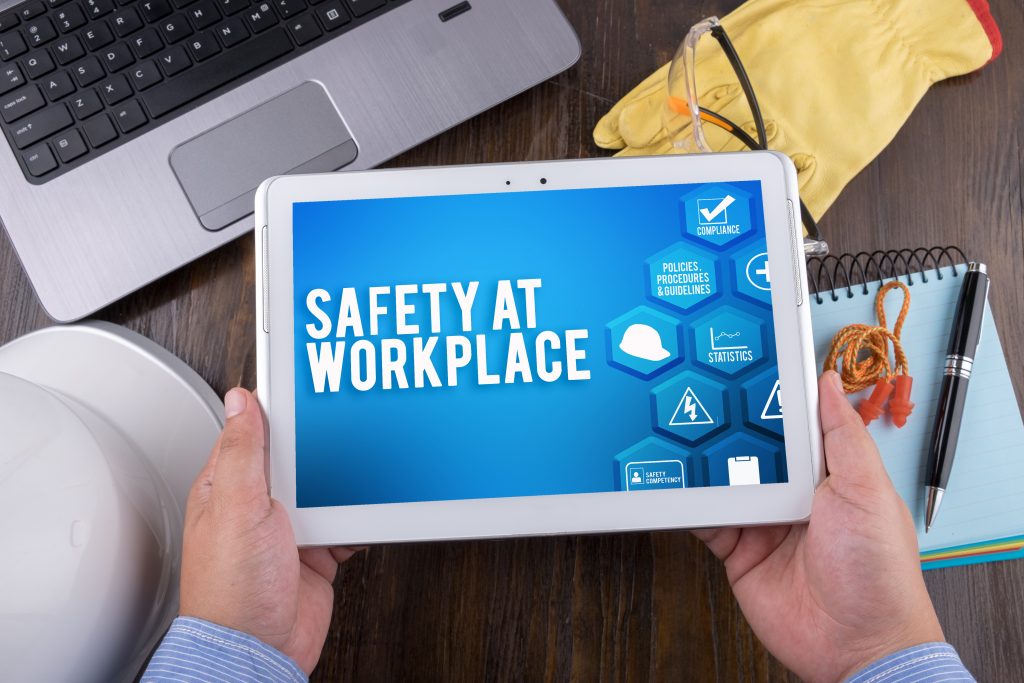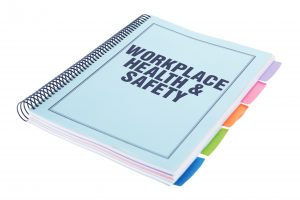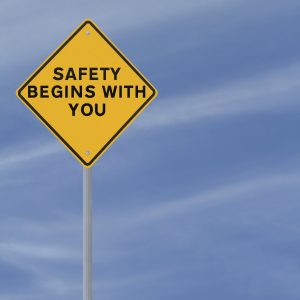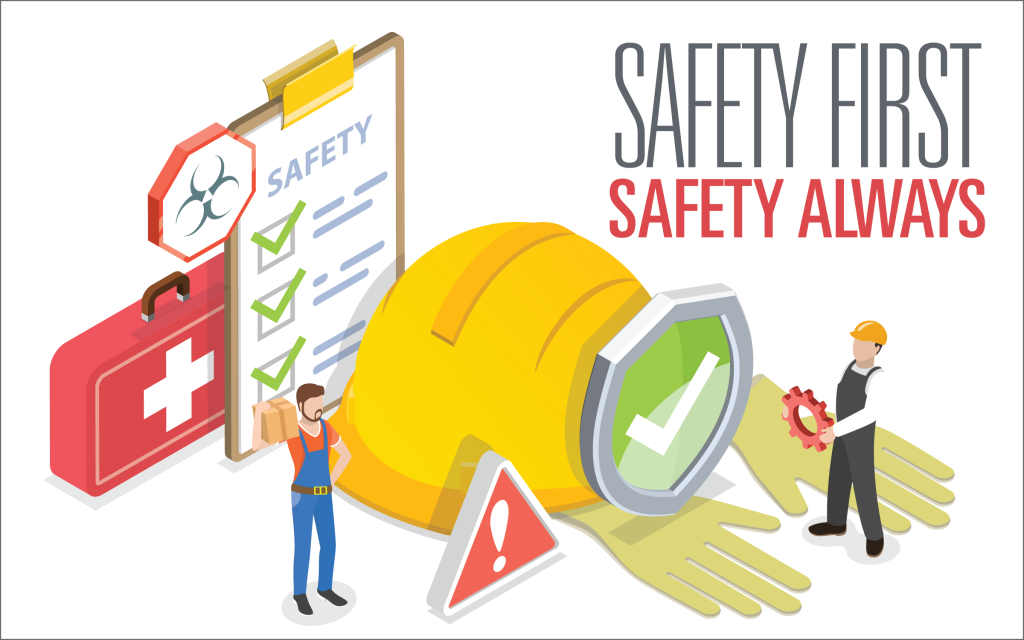Welcome to 2023! With the onset of a new year, it’s the perfect time to review and revive best...
Putting Safety First for Better Manufacturing!

“Safety isn’t expensive; it’s priceless.” – Author Unknown
Creating a culture that values safety in the workplace is a key driver of quality, performance, and profitability. This blog will discuss the value of implementing a safety program that merges employer responsibilities with employee responsibility to achieve consistent results that make employers and employees happy.
First, let’s start with employer responsibilities. Per OSHA guidelines, employers have an obligation to provide a safe workplace. Here is a modified list of some employer responsibilities taken from the OSHA website:
- Provide a workplace free from seriously recognized hazards and comply with standards, rules, and regulations issued under the OSH Act.
- Examine workplace conditions to make sure they conform to applicable OSHA standards.
- Make certain employees have and use safe tools and equipment and properly maintain this equipment.
- Use color codes, posters, labels, or signs to warn employees of potential hazards.
- Establish or update operating procedures and communicate them so that employees follow safety and health requirements
- Employers must provide safety training in a language, and vocabulary workers can understand.
- Employers with hazardous chemicals in the workplace must develop and implement a written hazard communication program and train employees on the hazards they are exposed to and proper precautions (and a copy of safety data sheets must be readily available). See the OSHA page on Hazard Communication.
- Provide medical examinations and training when required by OSHA standards.
- Post the OSHA poster (or the state-plan equivalent) informing employees of their rights and responsibilities at a prominent location within the workplace.
- Report to the nearest OSHA office all work-related fatalities within 8 hours, and all work-related inpatient hospitalizations, all amputations, and all losses of an eye within 24 hours.
- Keep records of work-related injuries and illnesses.
- OSHA encourages all employers to adopt a safety and health program. Safety and health programs, known by various names, are universal interventions that can substantially reduce the number and severity of workplace injuries and alleviate the associated financial burdens on U.S. workplaces.
The last bullet of adopting a safety and health program is essential for promoting personal responsibility and empowering your work teams to have a vested interest in safety protocol. The only way an effective safety program works is if each employee commits to daily safety practices that protect themselves and their colleagues. At Davis-Standard, we focus on leading indicators such as inspections, risk assessments, and action logs rather than lagging indicators such as injury rates. We believe this is the most proactive way to prevent accidents and promote consistent safety practices. Here are eight basic steps we use in our safety program.
 1) Establish a safety committee with representation from all areas of manufacturing.
1) Establish a safety committee with representation from all areas of manufacturing.
2) Set up regularly scheduled meetings to track progress and action items.
3) Understand and map out the financial impact of safety measures.
4) Make sure your goals are realistic and measurable.
5) Develop a calendar plan to correct unsafe or hazardous areas in your workplace.
6) Host a meeting with all employees to roll-out the plan.
7) Report on wins and lessons learned on a regular basis (see below).
8) Reward outstanding employee safety based on established metrics.
To keep employees involved and motivated, we suggest weekly safety updates. These do not have to be overly involved or time-consuming. Just an opportunity to share how things are going, recognize successes, and offer helpful suggestions. Some ideas include:

- Year-to-date KPI wins such as safety actions opened and closed, awards rewarded, days since last lost-time incidents, completed risk assessments, etc.
- Weekly accomplishments, highlighting what your safety team has done to promote a safer work environment
- Safety tips on various topics (electric tool safety, lockout safety, proper eye, glove and mask protection, forklift safety, entrance safety)
- Lessons learned for any incidents that occurred that week (what went right, what went wrong, how to avoid for next time)
- Links to safety resources or articles
- Visuals and photographs to support progress
The best part is, you have the flexibility to customize your safety program so that it aligns with your operational objectives. By prioritizing safety, we believe you will discover tangible and intangible benefits that lead to better manufacturing, improved productivity, and a better workplace.

Aside from what’s mentioned above, what do you do at your facility to promote workplace safety? Do you have a safety program in place and do you provide updates to your employees? What else can be included?Comment below!
If you have any questions you can comment below or e-mail marketing at marketing@davis-standard.com.


